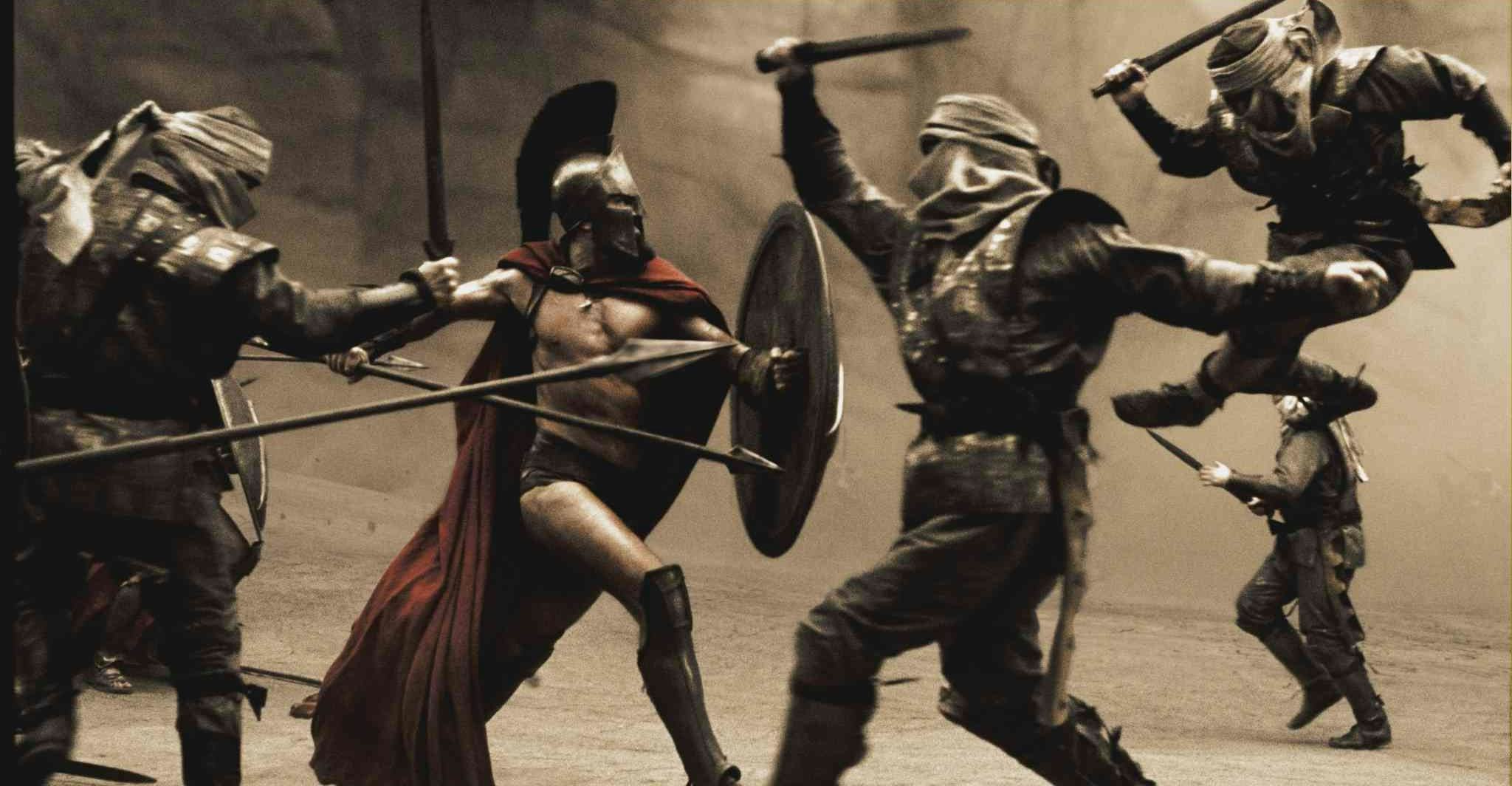
Despite the promise of true creative freedom, there are really only a handful of modern auteurs navigating the streaming era on their own terms. Ironically, it’s Zack Snyder — Hollywood’s most contested auteur — making the most out of a partnership with a streamer. His multi-year deal with Netflix has borne some fruit here and there, and Snyder himself has finally found a distributor that respects his vision wholeheartedly... though Netflix’s attempts to capitalize on the infamy of “the Snyder cut” aren’t exactly wise.
Even if you don’t love Snyder’s Rebel Moon, there is still something to like about the filmmaker’s partnership with Netflix. If nothing else, it invites a reappraisal of Snyder’s early work, especially as one of his most influential films, 300, returns to the streamer’s vast catalog. In an era of watered-down visions and muddied, unfocused epics, 300 represents a creative peak across the board. It’s not that no one makes movies like that anymore — on the contrary, parts of 300 are still copied to this day — but this story in particular has a magic that Hollywood just can’t replicate, no matter how hard it tries.
300 is Snyder’s answer to the sword-and-sandals epics of Hollywood’s Golden Age, retrofitted with a noughties sensibility and a whole lot of visual effects. The film is also Snyder’s first attempt at adapting a story by Frank Miller; though it wouldn’t be the last by a long shot, it just might be the most realized. Snyder and his longtime cinematographer, Larry Fong, depicted the Grecian city-state of Sparta as a land devoid of color. Blood and bronze are the only things that matter here: save for the red of the Spartan army’s cloaks and the ashen browns and golds that define the scenery, 300 is appropriately austere.
That aesthetic is paired with a story that’s relatively simple. 300 is your classic David vs. Goliath tale: When Persia, led by Emperor Xerxes (Rodrigo Santoro), threatens to conquer Sparta, King Leonidas (Gerard Butler) defies the gods and leads 300 of his best soldiers into battle. But Xerxes’ forces are rumored to number in the millions, so this battle, however brave, is obviously not destined to succeed. It’s an archetypal Greek tragedy, retrofitted by Snyder’s appreciation for the human form (expect lots of skin) and gutsy affinity for brutality.

Despite the reputation it’s acquired over the years, 300 remains a modern-day classic. Snyder’s sets deliver a new take on the matte paintings and stages of the old studio system, dropping chiseled, scantily-dressed actors into an entirely computer-generated world. His uncanny valley gives 300 a dreamlike, even eerie quality, delivering a unique take on Miller’s signature art style. It wouldn’t be the first to rely exclusively on visual effects to build a world, but nothing has looked quite like it before or since — not even Snyder’s own follow-ups.
Of all its genuine contributions to the medium, Snyder’s take on slow-motion is obviously one of its most highlighted. The technique has since been used and abused in most major blockbusters: The action slows down to a glacial pace, only to ramp up at double speed for a “splash page” effect. 300 basically established that as a viable technique, and audiences ate it up. (It’s since become a groan-inducing aesthetic choice, but 300 is a reminder of simpler times.)
Christopher Nolan recently claimed that modern blockbusters owe a lot to Snyder, and the filmmaker certainly isn’t wrong. For better or worse, 300’s impact can’t be overlooked — it went on to define the way films are made, and even enjoyed, in the 2010s an onward. Nowadays its storytelling choices don’t entirely hold up; in fact, a lot are downright cringeworthy. But Snyder did manage to capture lightning in a bottle, at least where the film’s aesthetic is concerned, and he does deserve some credit for that.







